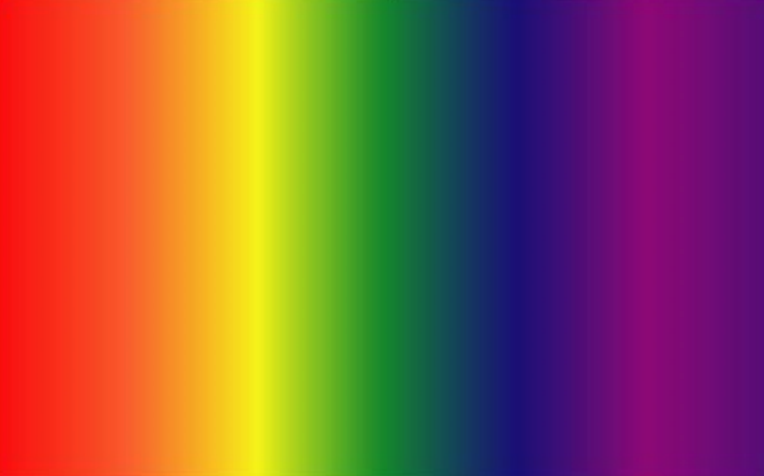Cereal Box Spectroscope
This lesson is based on resources provided by the NASA Solar Terrestrial Relations Observatory mission website accessible at STEREO. It is narrowly focused to creating a simple spectroscope so that students can make their own observations of light. This lesson should be used as a supporting activity embedded within an introductory spectroscopy lesson or investigations of the properties of light.
Building a Cereal Box Spectroscope

https://stereo.gsfc.nasa.gov/beacon/
Objective
In this lesson students will learn about and the spectral properties of visible light, by understanding and and identify the spectral properties of visible light.
Prior Knowledge
This activity can be used as a part of a beginning spectroscopy lesson or to augment a introductory chemistry lesson. Prior knowledge should include a basic understanding of how prisms work, the properties of light (bends when passed through a medium like water, glass, prism).
Summary
Many students cannot extend their understanding of matter to include light. Light has physical and chemical properties that are unique and can be observed differently than physical matter. Why does a rainbow have a predictable succession of colors? Do all sources of light make the same display of colors? And why are some colors in the rainbow more vivid than others? In this activity students will learn about the colors of the visible light spectrum, and an easy way to remember the order (ROYGBIV) that light is split into the visible light spectrum. Students will further explore the optical light spectrum by constructing a simple spectroscope. Students will explore and compare the spectral images of different sources, such as sunlight, fluorescent bulbs, incandescent bulbs, etc.
STEREO Lesson Plans
Materials
- Diffraction Grating (roll)
- Cereal Box
- Index Cards
- Scotch tape
- scissors
- Sharpie or marker
Assessment
Checks for understanding are important to make sure that students understand that the colors of the spectrum are contained within visible light, and are not a new product being produced. A review of the color wheel would be an appropriate pre-teaching activity, so that students understand the identification of colors.